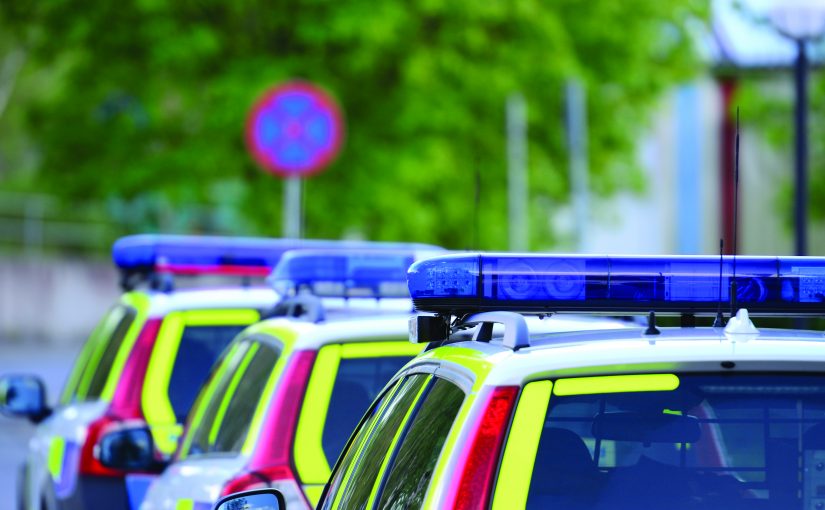What’s Happening in the Land of Pippi Longstocking?
Gangs, Bombs, and Transatlantic Police-to-Police Cooperation

When people think of Sweden, many think of Pippi Longstocking, heroine of the world-famous children’s novels by author Astrid Lindgren, and the glimpses of Sweden conveyed in the books. Throughout history, Sweden has been portrayed as a peaceful oasis, as in fairy tales.
In fact, the Kingdom of Sweden is one of the largest countries in the European Union (EU) by landmass, about 1.9 times bigger than the United Kingdom and 23 times bigger than the state of New Jersey, with a population nearly identical to the Garden State. Sweden is known for low crime rates and corruption levels, an efficient and impartial state structure, and high electoral turnout and trust in the government.
In many respects, this is still the case. Sweden is one of the safest countries in the world and continues to top various international rankings, such as being among the top 10 happiest countries in the World Happiness Report 2020. It was also ranked among the top three Best Countries for Quality of Life in the U.S. News & World Report 2020 Best Countries rankings.
Recently, crime in Sweden has taken an unusual twist and turn. Crime rates in Sweden have declined over time; for example, the number of homicides has steadily decreased since the beginning of the 1990s. However, Sweden has of late been experiencing an unprecedented surge in gun-related violence and the use of explosives by organized crime groups. Although still low by international comparisons, the number of cases of lethal violence with the use of a firearm has more than doubled, from 17 in 2011 to 48 cases in 2020 according to the Swedish National Council for Crime Prevention, the agency responsible for official criminal statistics in Sweden.
Between 2011 and 2016, 77 detonated hand grenade attacks were carried out by criminal elements in Sweden, occasionally targeting police stations and police officials.


